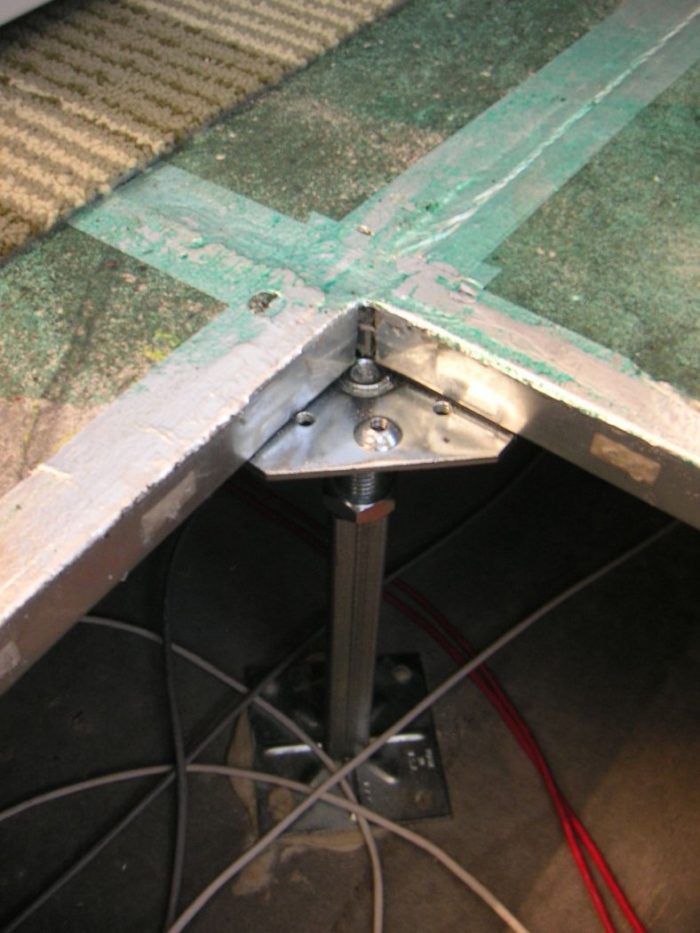
Image Credit: Frank Burdette, Southface Energy.
Musings on Mazria, Lstiburek and Gifford: Part Four
Underfloor air plenums can be done the right way or the wrong way, like most things.
Seems like I have been spending a lot of time at Southface in Atlanta lately. Founded in 1978, Southface is an old-school, “original greenster” nonprofit that supports sustainability in the built environment through education and research. The group also administers one of the nation’s largest regional, third-party green-building certification programs, called EarthCraft House.
On my recent visit, I toured a new LEED Platinum addition that has all kinds of cool strategies resulting in one energy- efficient and superhealthy building. It has LUCID monitoring equipment that keeps track of resource consumption and on-site production. These folks are for real, and they’ve been doing this green building stuff for longer than most of us.
While doing research for my last couple of blogs, I read Joe Lstiburek’s “It’s the Energy Stupid.” One of the strategies that Dr. Lstiburek discounts there is underfloor air-distribution systems. Southface used just such a system for the office space in the new addition. Lstiburek states:
What’s “green” about underfloor supply plenums? How do they save any energy? They sure as heck don’t contribute to indoor air quality–they make it worse. Do you want the breathe air delivered in a ductless void under the floor than cannot be cleaned? You ever been in one? They are under everything—duh—so stuff collects in them. They have to be cleaned, but you can’t clean them because you can’t easily get at them, and you can’t easily clean them even if you get at them because they are filled with services and so they are filthy. And they are expensive. The building has to be taller. That burns up resources and money. But it’s green. Says who? More money, more energy, more resources, and more problems. What’s green about that?
To me, this blanket statement oversimplifies the issue. I call this type of response and attitude “the Dogma Syndrome,” and it plagues the hell out of Americans. In many cases, underfloor plenums are designed, installed, and maintained improperly. Why? Turns out, there’s a philosophical and sociological answer.
In underfloor distribution, like most green-building or high-performance strategies, there are technical building science concepts behind the proper implementation of the product or system. Sometimes the best-practice instructions are published in the installation manual; sometimes it’s at-large info that needs to be implemented in order for the system to function as intended, avoiding possible deleterious effects. Sometimes, architects, engineers, builders, subcontractors, and employees understand the theories and proper installation for green systems and products; sometimes, they don’t. How are they supposed to know? More often than not, appropriate critical information is not conveyed to the people who are actually getting there hands dirty on the job site.
I was on a consulting project last year in the Navajo Nation in Arizona where this type of situation was illustrated. This was an extended Navajo family that lived in a home built by a for-profit organization as a donation to the family. The home was intended to be green and highly energy efficient. If I listed all of the things that were flat-out done wrong in this project, I would have blog content for months on end. One of the most irritating and flagrant errors had to do with communication of concepts. “The Dogma Syndrome” had infected several chefs in this kitchen.
The maternal figure in this extended family was an educated person and a former high school teacher. The heating and cooling system was way overcomplicated (and from performance records, way inefficient), but did operate with a traditional, programmable digital thermostat. The matriarch of the family was a very reserved, wise woman who was great at listening but only spoke when she had something pertinent to say. The solar contractor that installed the HVAC controls assumed that, due the woman’s quiet nature, she didn’t understand how to use the thermostat. Instead of clarifying this point, the installer disconnected the thermostat from the system and installed a technical thermostat inside the return plenum that he could control remotely from a computer (in California). The homeowner kept trying to control the indoor temperature with the “decoy” thermostat, to no avail. Meanwhile, the system was operating out of control, the home was uncomfortable, and the energy bills were skyrocketing toward $900 per month. Thank goodness we got there before she got another bill like that.
Here’s the point: Crucial information needs to be conveyed to the folks that will be installing or using green systems. The “why” is as important as the “how.” If the “why” is ignored and not communicated, the “how” becomes much less important, and critical corners get cut. If you are installing an underfloor system, care has to be taken in a number of details for a number of reasons. Most of the time the engineer who designs the green product being installed and the building scientist that perfects its installation are not on-site to ensure that every step is done right.
I’ve talked to the folks at Southface about how they were able to pull off an underfloor system that they felt good about. They told me about the very anal-retentive engineer who designed the system and how he painstakingly described proper mastic sealing of the plenum. They made sure that there were no adjacent cavity walls that could be pressurized. They utilized metal baffles in the floor to channel air flow to the intended locations. As the above picture shows, care was taken to install mastic tape at the seams in the concrete floor tiles, and the FLOR carpet tiles were offset from the concrete floor tile seams to further safeguard against particulate contamination and air leakage.
The benefits if the system include better daylighting because the distribution system is not overhead; improved employee thermal comfort due to personal controls; and a great chase for running technological spaghetti. They clean the system with a high-powered vacuum. The particulates that move get filtered, and those that sit still get sucked up in cleaning. To me this seems no different than an underfloor duct system when time and care are taken to make sure the system will function properly. The Southface folks made sure that the install went as planned every step of the way.
The more that we can do as green builders and scientists to educate folks about our trade, the more they can properly implement these strategies and know why they hell they are doing it that way. We must teach folks to fish instead of giving them dead ones that cannot procreate. Please help eradicate “The Dogma Syndrome.”
Weekly Newsletter
Get building science and energy efficiency advice, plus special offers, in your inbox.

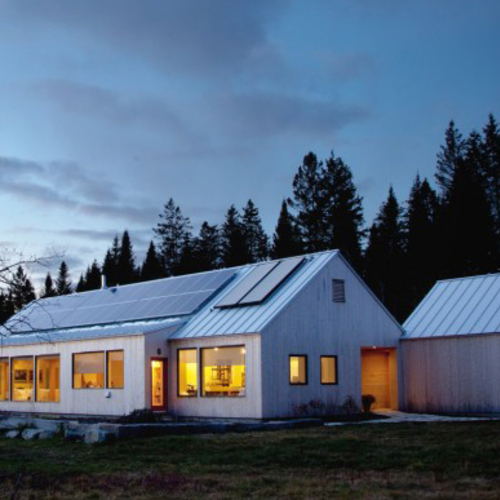
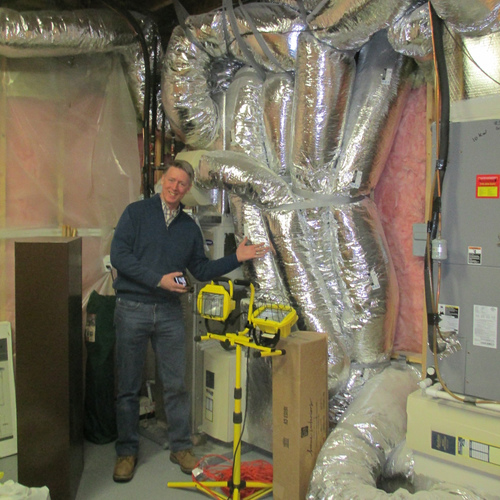
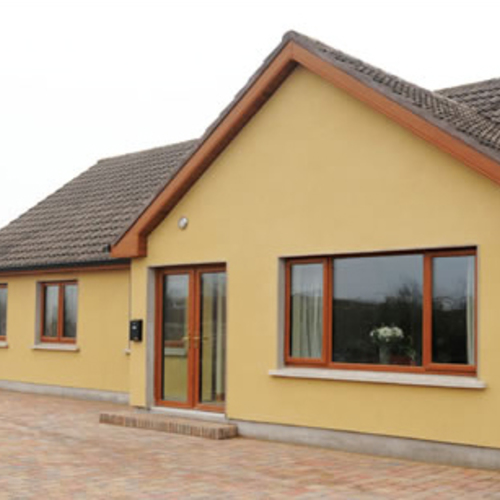
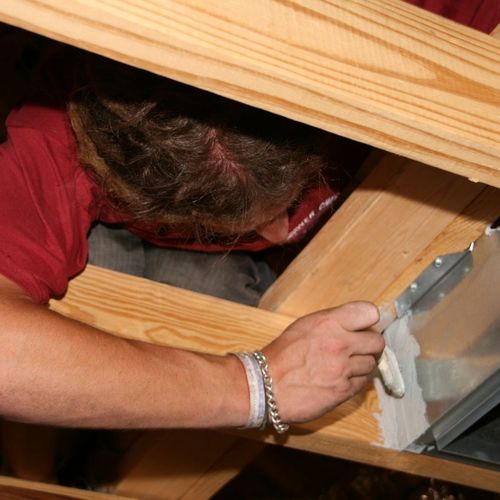






0 Comments
Log in or create an account to post a comment.
Sign up Log in